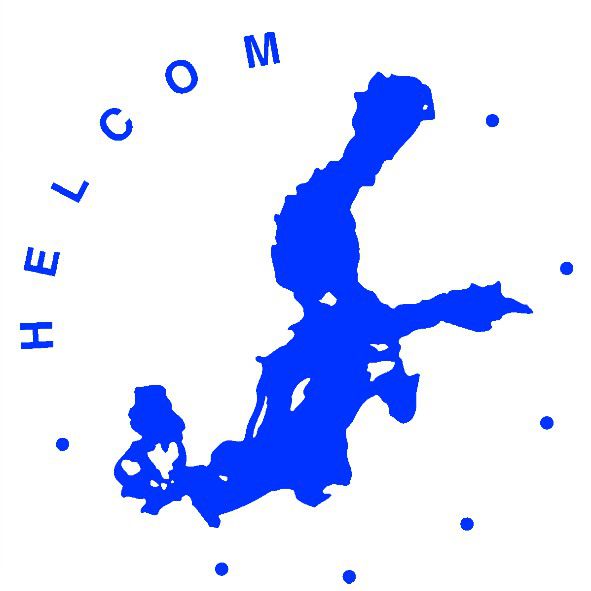-
 Exergonic
Exergonic
-
 Phytosociology
Phytosociology
-
 Tendex line
Tendex line
-
 Ectropion
Ectropion
-
 Human plasma albumin
Human plasma albumin
-
 Retinoid
Retinoid
-
 Cystic Fibrosis
Cystic Fibrosis
-
 dMRI
dMRI
-
 Synchronous
Synchronous
-
 Roziere balloon
Roziere balloon
-
 Endocytosis
Endocytosis
-
 Carbamate
Carbamate
-
 Stereoisomer
Stereoisomer
-
 Uniaxial
Uniaxial
-
 Call waiting
Call waiting
-
 Hornfel
Hornfel
-
 Isotropy
Isotropy
-
 Processor
Processor
-
 Andromeda galaxy
Andromeda galaxy
-
 Non-woven
Non-woven
-
 Electronegativity
Electronegativity
-
 Groin
Groin
-
 Rotterdam Convention
Rotterdam Convention
-
 London force
London force
-
 Anti-HER
Anti-HER
-
 Aphonia
Aphonia
-
 Calcification
Calcification
-
 Bait
Bait
-
 Acidophile
Acidophile
-
 Syndactyl
Syndactyl
Helsinki Convention
Signed in 1974 and then revised in 1992, the Convention on the Protection of the Marine Environment of the Baltic Sea Area, also called the Helsinki Convention, aims to fight against pollution of the Baltic Sea.
All the countries along the Baltic Sea, as well as the European Union, signed the Helsinki Convention, which entered into force in 1980. The revised version entered into force in 2000.
Objectives of the Helsinki Convention
This convention more particularly targets pollution by discharge of waste via watercourses, canals and pipes, as well as by dumping at sea. The convention also prohibits the introduction of certain toxic substances in the Baltic Sea: dichlorodiphenyltrichloroethane (DDT) and its derivatives (DDE and DDD), polychlorobiphenyls (PCBs) and polychlorotriphenyls (PCTs).
The special case of nuclear waste and munitions dumped during the second world war is addressed by this convention.
 Logo of the Helsinki Convention Commission. © HELCOM
Logo of the Helsinki Convention Commission. © HELCOM
Latest
Fill out my online form.



